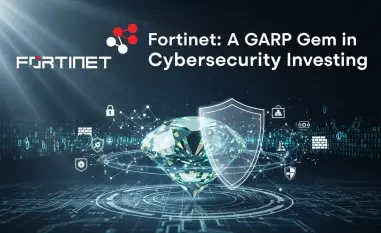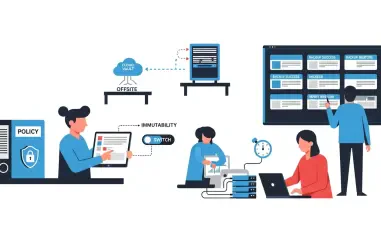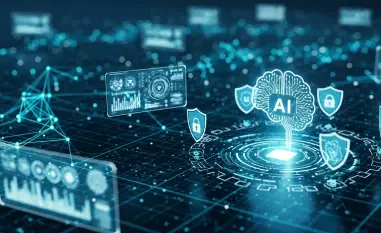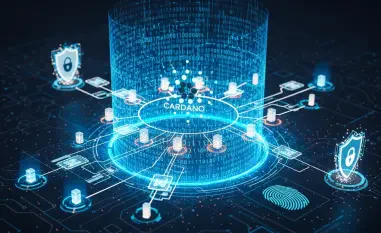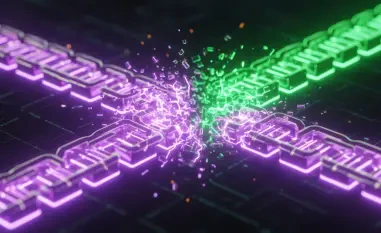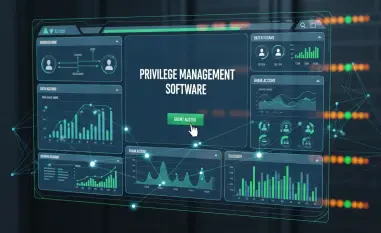In 2024, the City of Helsinki experienced a catastrophic data breach, exposing sensitive personal data of over 300,000 individuals and underscoring the urgency for effective incident response strategies. The National Cyber Security Centre in Finland (NCSC-FI) played a crucial role in mitigating the breach, highlighting the increasing importance of coordinated efforts. As digital threats continue to evolve, robust incident response strategies have become a vital component in safeguarding organizations from potentially devastating attacks. This article explores current trends, expert insights, and future predictions in incident response strategies to emphasize their significance within today’s digital landscape.
The Evolution and Adoption of Incident Response Mechanisms
Understanding the Growth and Dynamics
Cybersecurity incidents are on the rise with alarming frequency, necessitating robust incident response strategies to mitigate damages effectively. Recent reports reveal a significant surge in digital threats, with organizations increasingly investing in advanced response mechanisms to thwart potential attacks. Statistics from studies highlight the growing need for comprehensive strategies as cyber threats advance in complexity and scale. Adoption rates of incident response strategies have amplified, driven by the urgent demand to protect sensitive data and systems.
Real-World Applications and Influences
Organizations worldwide have adopted cutting-edge incident response strategies to safeguard against cyber threats. Notable examples include the coordinated response to the Helsinki data breach, where NCSC-FI swiftly engaged in containment and investigation efforts. The incident underscores the importance of integrating technical expertise and strategic communication in crisis scenarios. Additionally, high-profile cases across industries demonstrate successful implementation of comprehensive strategies, setting benchmarks in proactive cybersecurity defenses.
Expert Insights and Strategic Perspectives
Industry experts highlight the essential nature of a coordinated response to effectively manage cybersecurity incidents. Insights from professionals emphasize the challenges in unifying various disciplines—from technical to legal—to enhance incident response efficacy. Cross-disciplinary approaches are regarded as invaluable, offering diverse perspectives that enrich problem-solving capabilities. The collaboration across departments and stakeholders not only bridges gaps but also fosters a comprehensive understanding of cybersecurity dynamics and enhances response strategies.
Future Directions in Cybersecurity Incident Response
Emerging trends in incident response methodologies promise innovative advancements aimed at strengthening defenses. Experts predict continued development in automation and artificial intelligence to streamline detection and response processes. Additionally, proactive measures focusing on real-time monitoring and analysis are expected to influence future strategies, contributing to more efficient responses. The intersection of regulatory changes and technological advancements will further shape the landscape, presenting both challenges and opportunities for organizations in enhancing cybersecurity frameworks.
Conclusion
The Helsinki breach serves as a stark reminder of the imperative for evolving incident response strategies to manage cyber threats effectively. Lessons learned underscore the necessity for routine updates, proactive planning, and clear communication in safeguarding sensitive data and systems. As the digital threat landscape continues to transform, organizations must focus on implementing robust preventive measures, fostering collaborative efforts, and embracing innovation to mitigate future incidents. By prioritizing these strategies, entities can improve resilience and prepare for evolving cybersecurity challenges.





